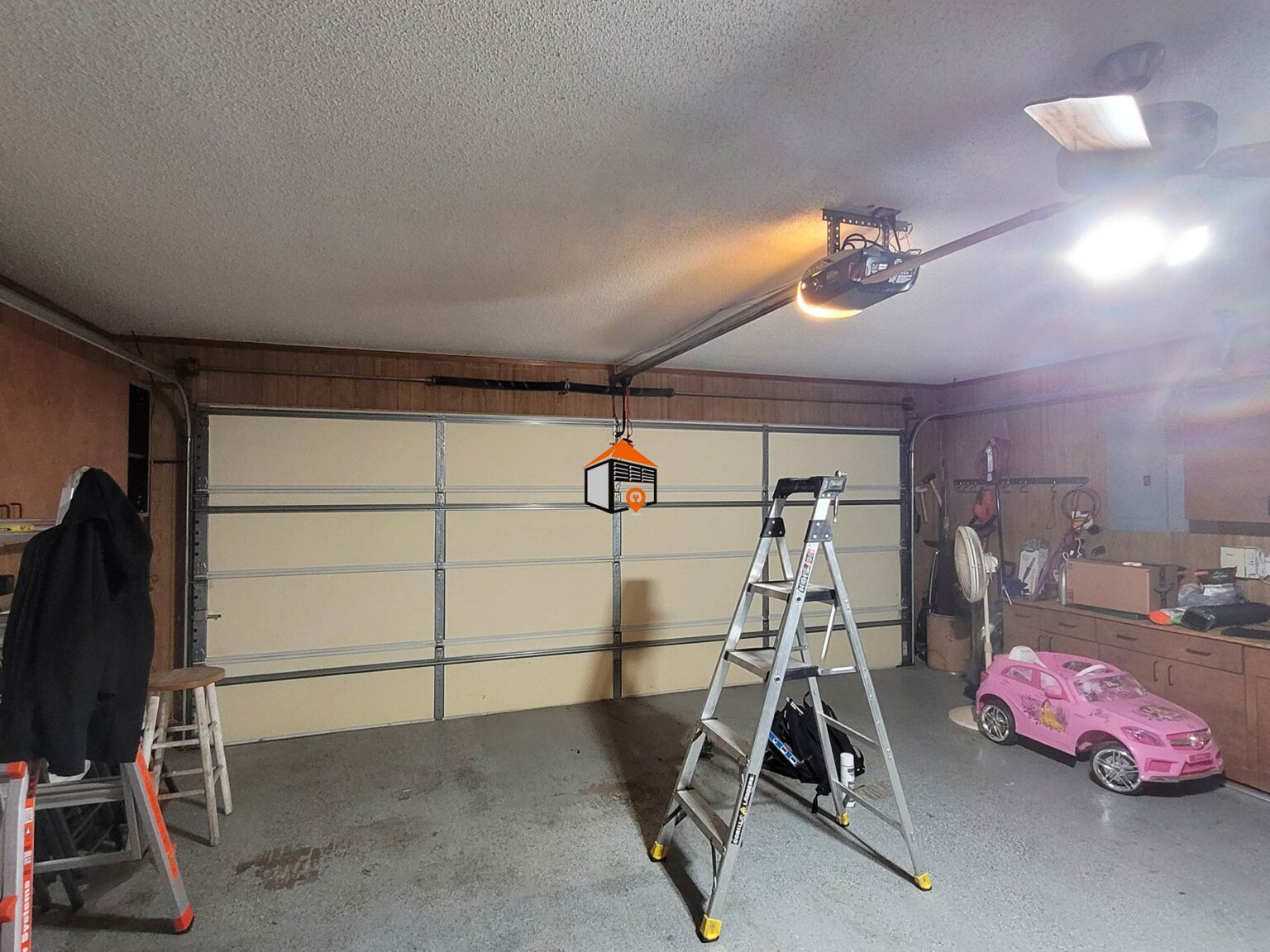Introduction to One-Piece Garage Doors
My one-piece garage door has two long metal rods, one on top and one on the bottom, that run the length of the door. What are those for?
The Functionality of Metal Rods
On one-piece garage doors, there is usually a metal rod that runs the length of the door. There should be one on top and one on the bottom of the garage door, and in the middle, there will be a triangular piece of metal. This rod is tightened up; sometimes they are adjustable. This setup acts like a strut for a wood door, which tends to warp from moisture and elemental exposure.
Maintenance of the Tension Rods
Sometimes these struts can work their way loose, and occasionally the triangular metal piece in the middle will detach from the door. This detachment can cause the rod not to apply any tension on the garage door, leading to warping when the door is in the up position. All the weight is placed on the middle of the door when it is raised, unlike when it is down.
Recognizing the Signs of Malfunction
These tension rods are typically adjustable, identifiable by a nut at the end that can be tightened or loosened. You should regularly inspect your garage door; if the rods are loose, they need to be tightened. If they have good tension, your door should be fine. However, if your door opens and the top sags, it indicates that weight is shifting towards the middle of the door.
Potential Structural Issues
If these rods are tight and your door still sags in the up position, there might be other underlying issues, such as the deterioration of the wood framing of the garage door. Not all one-piece garage doors have these tie rods; this is often due to a sturdier wood frame that is less likely to warp.
Comparing Garage Door Materials
One-piece garage doors with a robust wood frame are constructed to endure warping and sagging due to their thickness and strength. Conversely, if your one-piece garage door is made of steel and resembles a sectional roll-up door but is assembled as a single unit, you would need to utilize the same kind of struts as those found on sectional roll-up garage doors.
Guidelines for Garage Door Size and Structure
It’s worth noting that one-piece garage doors are generally equipped with these struts primarily for two-car garages that are at least 15 feet wide. Smaller single garage doors, typically 8 or 9 feet wide, usually do not require these types of struts to maintain their integrity and performance.
Conclusion
Understanding the role and maintenance of metal rods in your one-piece garage door is crucial to preserving its functionality and lifespan. Regular inspection and timely repairs can prevent more significant issues down the line, ensuring your garage door operates smoothly for years to come.
